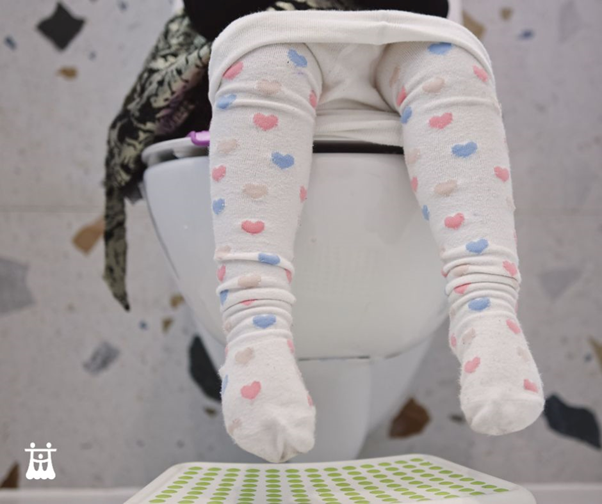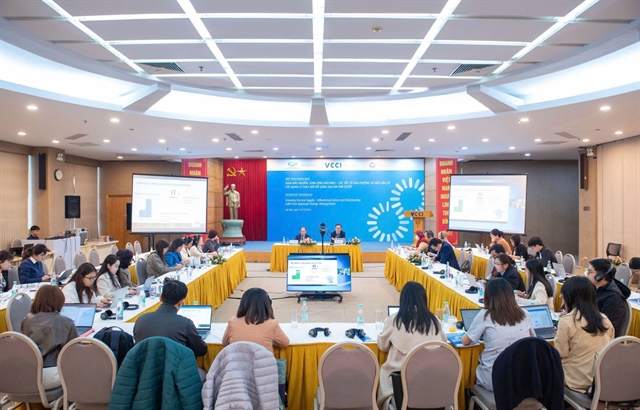 Life & Style
Life & Style

Dr Mattias Larsson*
Huyền was a lively six-year-old who liked school and playing with her friends. One day, she began complaining of a burning pain whenever she urinated. Concerned, her parents took her to a local clinic, where she was diagnosed with a urinary tract infection (UTI) and given a course of antibiotics. At first, the treatment seemed to work – her discomfort eased and she felt better. But just three days after finishing the antibiotics, the pain returned.
Her parents brought her back to the same doctor, who prescribed another round of antibiotics. This time, however, the medicine didn’t help. Instead, Huyền developed a fever and a dull ache in her lower back. Worried, her parents decided to seek a second opinion at Family Medical Practice (FMP).
At FMP, the paediatrician examined Huyền carefully. She was tender around her lower back and a quick urine test confirmed another UTI. Blood tests revealed that the infection had spread to her kidneys, a condition called pyelonephritis. To check what bacteria that was causing the infection and determine the best treatment, the doctor sent a urine sample for culture.

|
| Simple steps like teaching the children to wipe from front to back after using the toilet could make a big difference.— Photo canva.com |
During the consultation, the paediatrician asked if Huyền had taken antibiotics frequently in the past. Her parents explained that she often received antibiotics for minor illnesses like coughs, sometimes several times a year. The doctor nodded understandingly and explained how overusing antibiotics can lead to resistant bacteria – germs that survive standard treatments and cause recurring, harder-to-treat infections.
To investigate further, the doctor ordered an ultrasound of Huyền’s abdomen. The scan revealed hydronephrosis, a condition where one of her kidneys was swollen because urine wasn’t draining properly. The paediatrician explained that this backup of urine could be due to a blockage or a problem like vesicoureteral reflux (VUR), where urine flows backward from the bladder into the kidneys. Other possible causes included a ureterocele (a small bulge in the ureter) or, rarely, kidney stones.
Given the severity of her infection, Huyền was admitted for inpatient care and intravenous antibiotics. After two days, the culture results came back, identifying the bacteria and confirming that the chosen treatment was effective and also listed alternative oral antibiotics, allowing Huyền to continue her recovery at home. She was discharged with a prescription and probiotics to help restore her digestive balance after the strong medications.
Before leaving, the doctor sat down with Huyền’s parents to discuss prevention. Since hydronephrosis increases the risk of recurring UTIs, they needed to take extra precautions. Simple steps like teaching Huyền to wipe from front to back after using the toilet could make a big difference. The doctor also emphasised the importance of avoiding unnecessary antibiotics to prevent resistance.
A few weeks later, once Huyền had fully recovered, she returned for follow-up tests. A voiding cystourethrogram (VCUG) checked for VUR by using a special dye and X-rays to track urine flow. She also underwent a diuretic renal scan (MAG3), which measured her kidney function and drainage. The results confirmed mild VUR, so the paediatrician prescribed a low-dose preventive antibiotic to reduce the risk of future infections.
Over the next few months, regular check-ups showed steady improvement. Ultrasounds revealed that the swelling in Huyền’s kidney was gradually decreasing and urine tests remained clear. By the time she was discharged from specialist care, her kidneys were functioning normally and she no longer needed daily medication.
Huyền’s parents were relieved – and wiser. They had learned how crucial it is to get the right diagnosis early, how overusing antibiotics can do more harm than good and how simple hygiene habits can protect against infections. Most importantly, their daughter was healthy again, free from pain, and ready to enjoy being a carefree first-grader once more. Family Medical Practice

|
| Dr Mattias Larsson. Photo courtesy of Family Medical Practice |
*Dr Mattias Larsson is a paediatrician at Family Medical Practice and associate professor at Karolinska Institutet and has a long experience in research on infectious diseases. He has worked with the Oxford University Clinical Research Unit and the Ministry of Health of Việt Nam. He is fluent in English, Swedish, Vietnamese, German and some Spanish.
Visit Family Medical Practice Hanoi 24/7 at 298I Kim Mã Street, Kim Mã Ward, Ba Đình District.
To book an appointment, please call us at (024).3843.0784 or via Whatsapp, Viber or Zalo on +84.944.43.1919 or email hanoi@vietnammedicalpractice.com.
FMP’s downtown location in Hồ Chí Minh City is in Diamond Plaza, 34 Lê Duẩn St, Bến Nghé Ward, District 1, and 95 Thảo Điền St, District 2. Tel. (028) 3822 7848 or email hcmc@vietnammedicalpractice.com.




